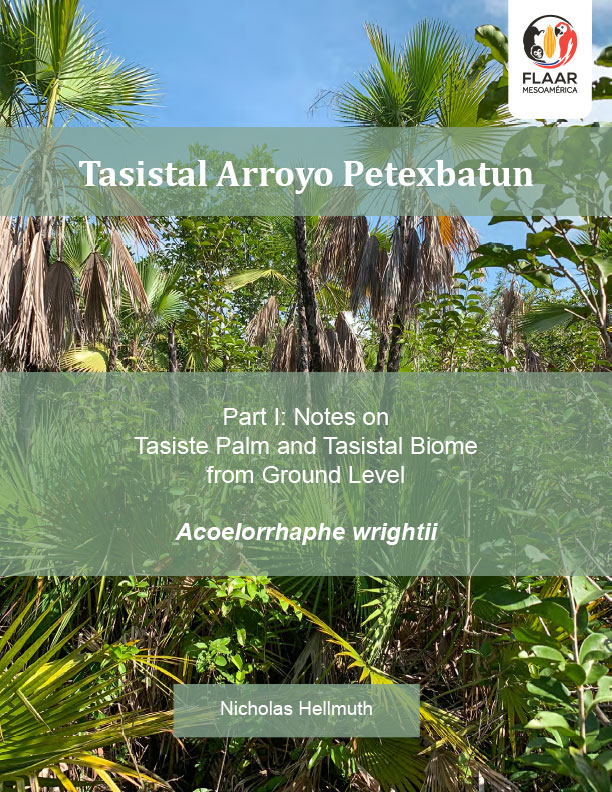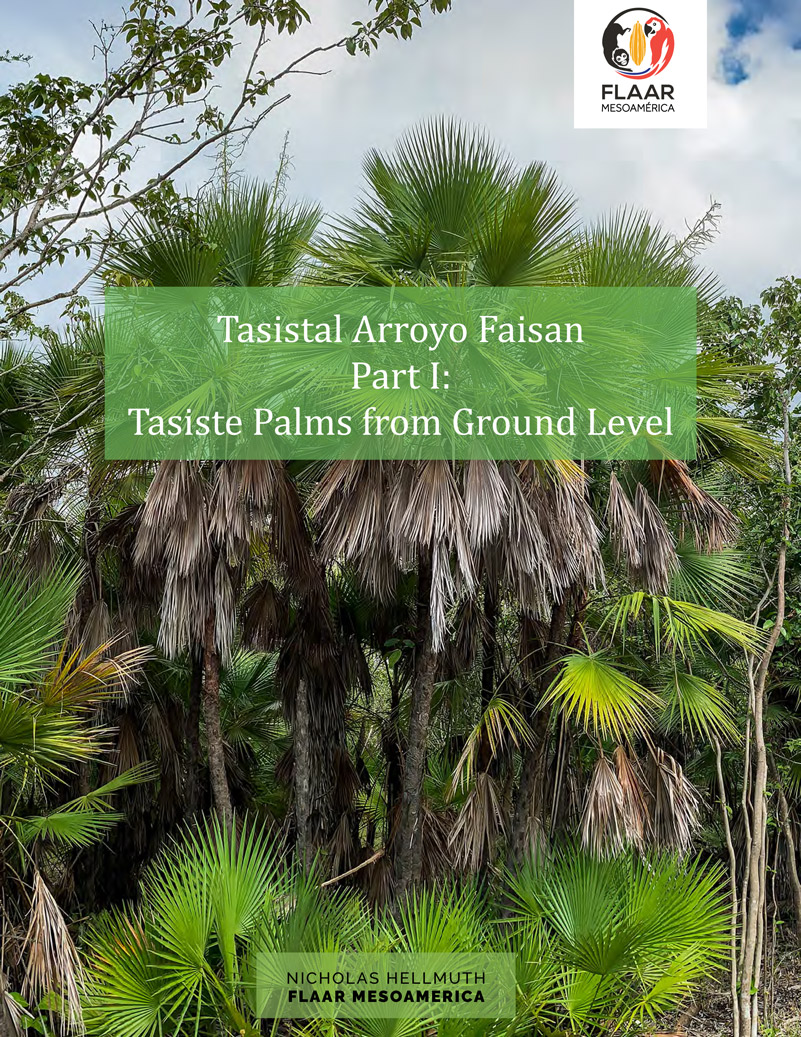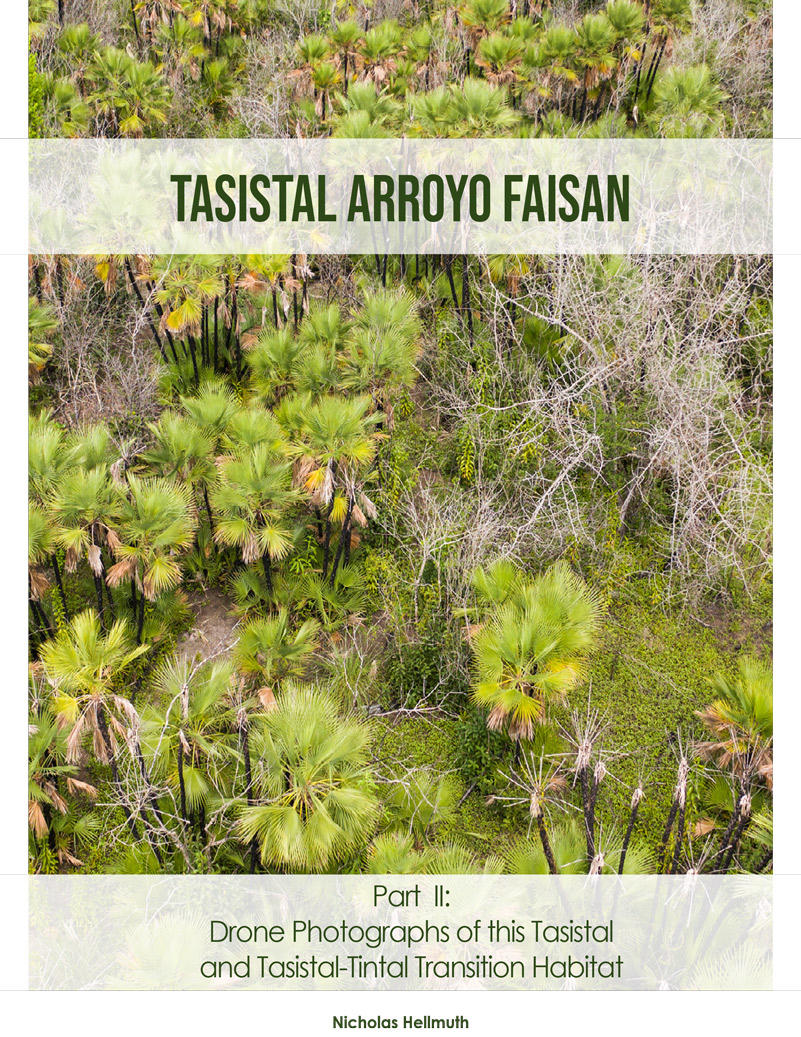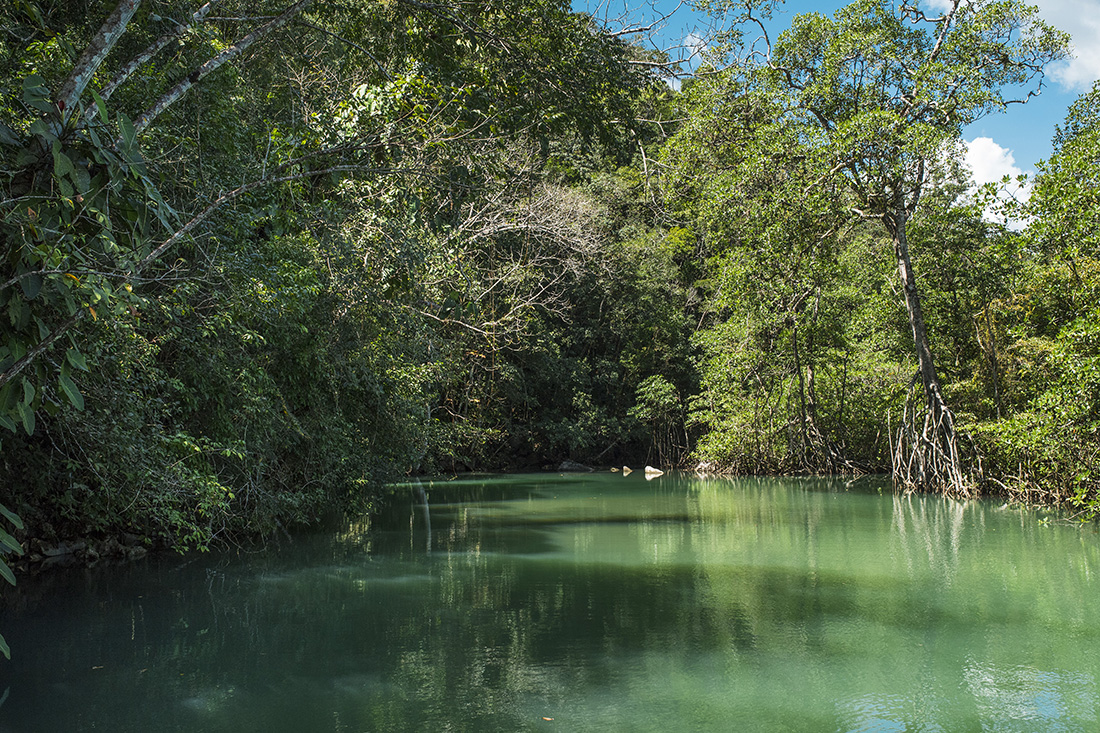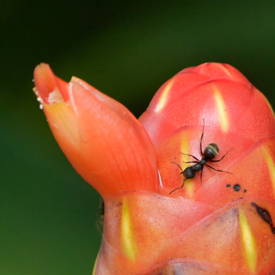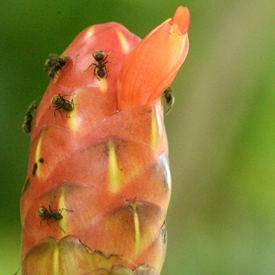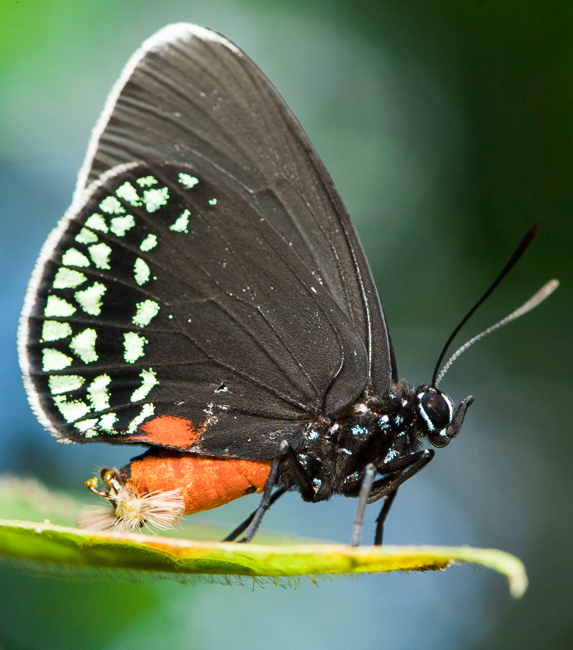Posted May 21, 2020
When a tasistal with thousands or savanna with clusters of tasiste palm trees is set on fire all the bird nests, all the turtles, and lots of mammals are killed. It would be a great thesis topic, or topic for a peer-reviewed journal article, for a zoologist to study the Acoelorrhaphe wrightii tasiste palm tasistal areas in the Petexbatun area, Municipio de Sayaxche, Peten, Guatemala, Central America. With their results it could be easier to initiate programs to save these fragile ecosystems.
We visited, photographed, and documented the principal plants in these areas but to study the animals best if a zoology or ecology team spend a plenty of time at the comfortable local Hotel Ecologico Posada Caribe. This hotel is less than a kilometer from the larger of the two tasistal areas; and about an hour or so from the second tasistal area (perhaps 40 minutes by boat and then by foot 20 minutes, keeping in mind that access to the Faisan area tasistal is not as easy due to annual flooding, or in dry season no boat can pass there). But the larger Arroyo Petexbatun Tasistal is reachable all year easily.


